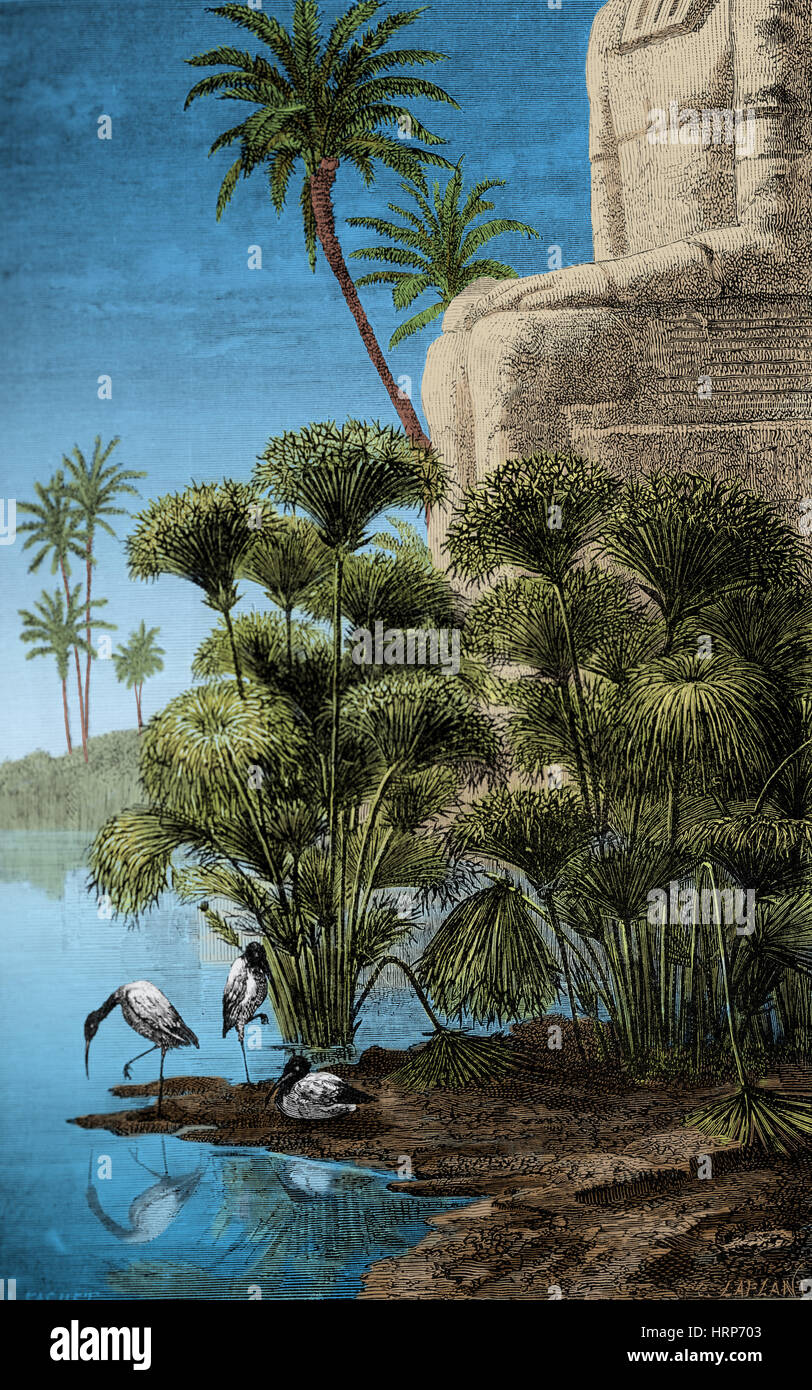


1550 BC) gives us an understanding of how the Ancient Egyptians approached maths. 1250 BC) is a record of the Book of the Dead (usually inscribed on the walls of tombs). The Wadi al-Jarf Papyri (26th century BC) tell us about the construction of the Great Pyramid of Khufu.Here are some famous papyri from Ancient Egypt that have been discovered in modern times: Due to the dry climate in Egypt, some scrolls and fragments of papyrus have survived the many years since in remarkable condition. We know that papyrus was made all the way back in the third millennium BC: archaeologists have recovered a papyrus from the reign of Khufu (4th Dynasty 2589–2566 BC).

Rather than use multiple pages for a text or attempt to fold the unpliable papyrus, the Egyptians would glue sheets together to make scrolls. In this way, papyrus was relatively easy to make. Wet the paper (which creates a glue-like quality) and then leave to dry in the sun.Using a hammer, merge the layers together.Layer on more strips running perpendicular to the first ones.Line strips up, side by side, to form a sheet.This thick paper, which is known today simply as papyrus, was made from the stem of the Cyperus papyrus following a simple process: And, of course, it was used to make a very important and very durable type of paper. The Cyperus papyrus grew abundantly on the banks of the Nile in ancient times, and the people used every part of the plant in daily life it was used to make items as diverse as baskets and medicines, boats and shoes. Back before Johannes Gutenberg invented the printing press in the 15th century, before the Romans created parchment codices in the 1st century, before anyone had even conceived of binding paper between covers, there was… papyrus.


 0 kommentar(er)
0 kommentar(er)
